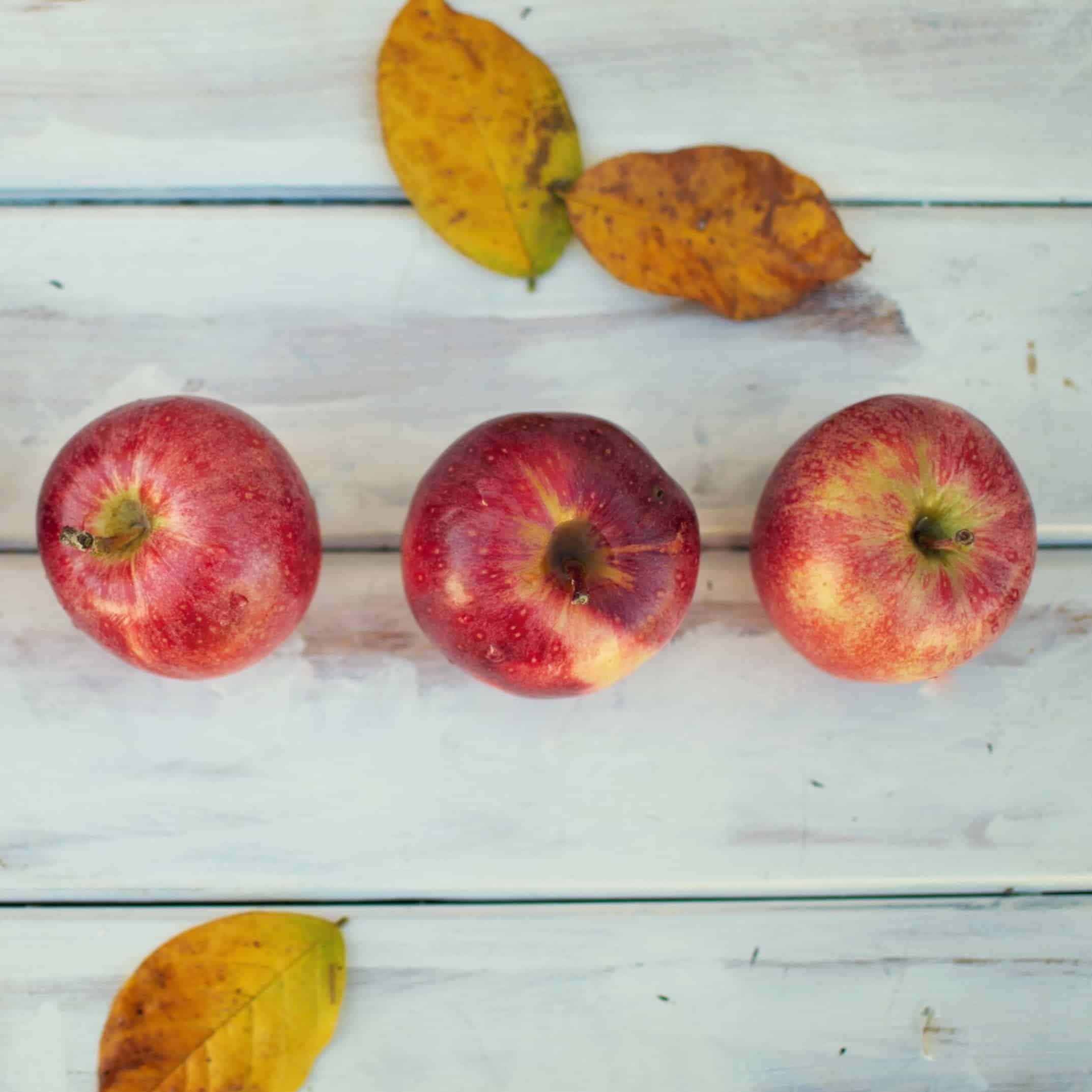Move and Meditate with Angad (Part 2)

Are there any preconceived notions or stereotypes surrounding meditation that you think put people off/are wrong?
One common misconception about meditation is that you are supposed to empty your mind or not think. That’s actually not true. The mind releases about a thousand thoughts per second, so it’s never “still”. However, meditation is a filtering process, where you gain more control over choosing which thoughts to pay attention to and give energy to. This practice of conscious choice and focus allows the unwanted or negative thoughts to fade, to receive less attention and energy, so we can focus on creating more positive, productive and healthier thought patterns without so much distraction and reaction.
Another misconception is that you should see lights and colours and instantly be transported to a place of serenity. Meditation is not an escape. It’s not being spaced out. It’s not a mental vacation. Those experiences don’t strengthen your nerves, expand your awareness or activate your neutral mind so that you can bring new consciousness and strength to your day to day opportunities, challenges, communication, and decision making. The calm you develop through meditation is by practicing over and over not reacting or giving energy to distracting and undisciplined thoughts. It’s persisting through your own resistance to transform mental and emotional habits. It’s allowing the process to unfold and your mind to expand by continuing to show up, pay attention, and do the work. The strength and peace that result are deeper, lasting and accessible in times of challenge and change.
What does a meditative state feel like?
When you activate your neutral or meditative mind, you tend to act vs. react, you tend to see possibilities rather than feel limited, you tend to access your higher consciousness rather than feeling stuck in the same subconscious and emotional patterns. If you think of playing billiards, it’s the difference between being one of the striped or solid balls, and waiting to be hit by another ball, and then only reacting to the ball that struck you in the ways limited by physics. For every action, there’s an equal and opposite reaction. When you meditate, you are the person holding the cue stick, seeing the whole picture from a distance, with awareness, and making a conscious choice to act.
How is meditation different from relaxation or concentration?
Wow. This question has a lot of layers. First, most people misunderstand relaxation. From the Yogic perspective, relaxation is not rest, it’s being awake, aware, alert, centered, conscious, present, and prepared in the midst of anything and everything. Often when we are under pressure, we tell ourselves to relax, but we don’t know how. So in meditation class, we practice conscious relaxation, so that when you later tell yourself to relax, you remember the technique and the experience and can apply it.
Concentration is focus, it’s sustaining an awareness and clarity over time. So this is an aspect to meditation practice, and thus is improved with meditation.
Meditation is a process that uses breath, posture, focus, mudra, and mantra to help you control your mind, rather then letting your mind control you. It is a mental filtering process that trains you to be neutral towards your thoughts without suppressing them, judging them, reacting to them or dumping them into your subconscious. It can build concentration, shift perspective, develop the meditative or neutral mind, raise awareness, create clarity, strengthen your nerves, and help you to feel more relaxed and centered. The result of meditation is to raise your consciousness so you can live as a more enlightened, fulfilled, effective, and peaceful human being.
What are some of the different techniques for meditation?
Meditation uses several techniques:
a) Posture – A stable seated posture is helpful so that your body can be still, and you can direct your attention inwards. It’s also important to have a straight spine, so they energy can flow freely without restriction.
b) Breath – breathing slowly, deeply and consciously helps to increase the circulation of your breath and prana (energy) as well as helping you to be aware on your own inner rhythm, and to focus your mind on your present experience. Yogically speaking, if you can control your breath, you can control your mind. If you can control your mind, you can control your life.
c) Focal points – Focal points provide a particular way to concentrate and expand your awareness. For example, a common focal point is the brow centre, right between the eyebrows and just above. This stimulates the pituitary gland, activates the intuition, and expands one’s consciousness.
d) Mantra (sound current) – A mantra or sound (out loud or silent) used when you meditate provides a different focus than your usual thoughts. Instead of giving energy to your regular thoughts and habits of thinking or feeling, you concentrate on the mantra and give your energy and focus to that sound, so the other thoughts fade from your attention, and you create new and healthier mental habits. You develop more conscious control over what thoughts you give energy and attention to. By focusing on or chanting a mantra, you are elevating the frequency of your mental projection. You begin to access your “higher consciousness”, other aspects of your mind and awareness that you may not have previously practiced using. It’s like mental weight lifting, you use more mental “muscles” and strengthen them. Then you are ready to do heavier lifting! When saying a mantra out loud, the meridian points on the roof of your mouth are activated, the hypothalamus secretes, and this affects the upper centres of your brain. This is one way to understand the process of accessing your higher consciousness.
e) Mudra (hand position) – Meditation uses hand positions to activate your subtle energy system, similar to the principles of acupressure or acupuncture. Different hand positions send different signals to the mind and body. For example, gyan mudra, touching the tip of the index finger to the tip of the thumb, is for wisdom, expansion and calmness.


